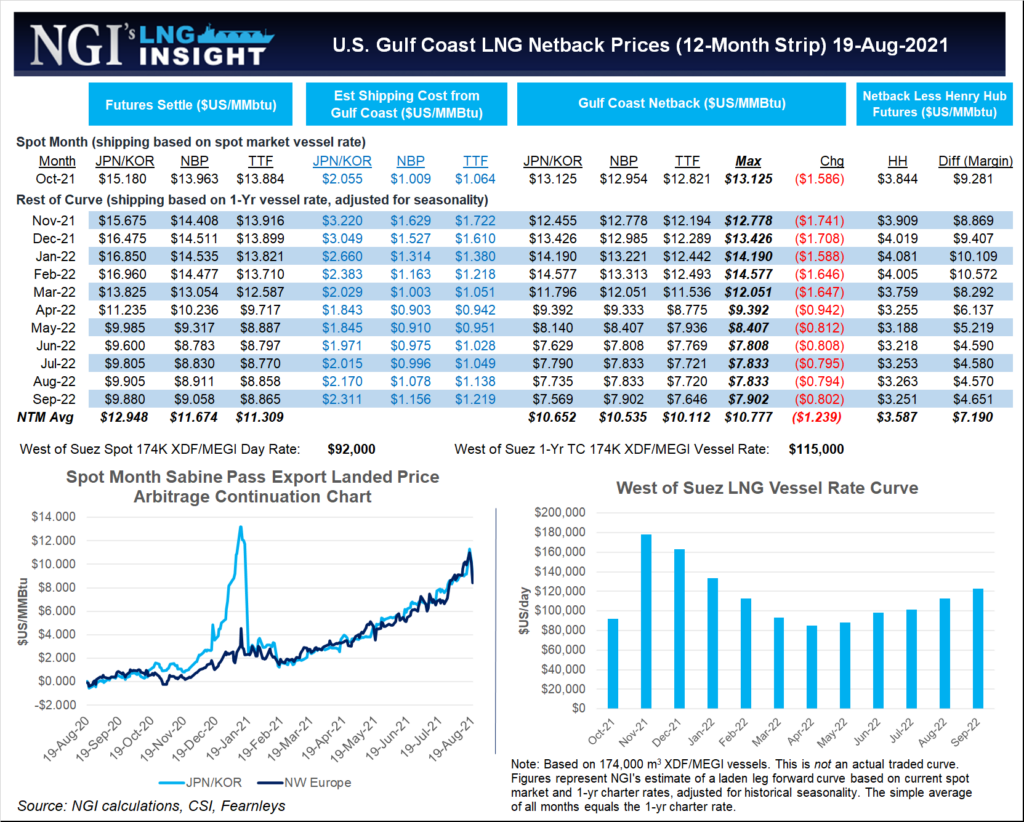This winter is shaping up to be one of the tightest in years for the global natural gas market as strong demand has continued throughout the year and left inventories woefully short.
Liquefied natural gas (LNG) supply disruptions in Angola, Brunei, Nigeria and Trinidad and Tobago, to name a few, have also led to incremental losses on the spot market, while pipeline imports in Europe have been low throughout the year.
The crunch comes as demand is expected to be even higher this winter than it was last, when record-setting cold across the Northern Hemisphere sent LNG prices in Asia to their highest point ever.
“Overall, there’s going to be a larger appetite for LNG,” said Poten & Partners’ Kristen Holmquist, forecasting manager. Holmquist spoke during a recent...



